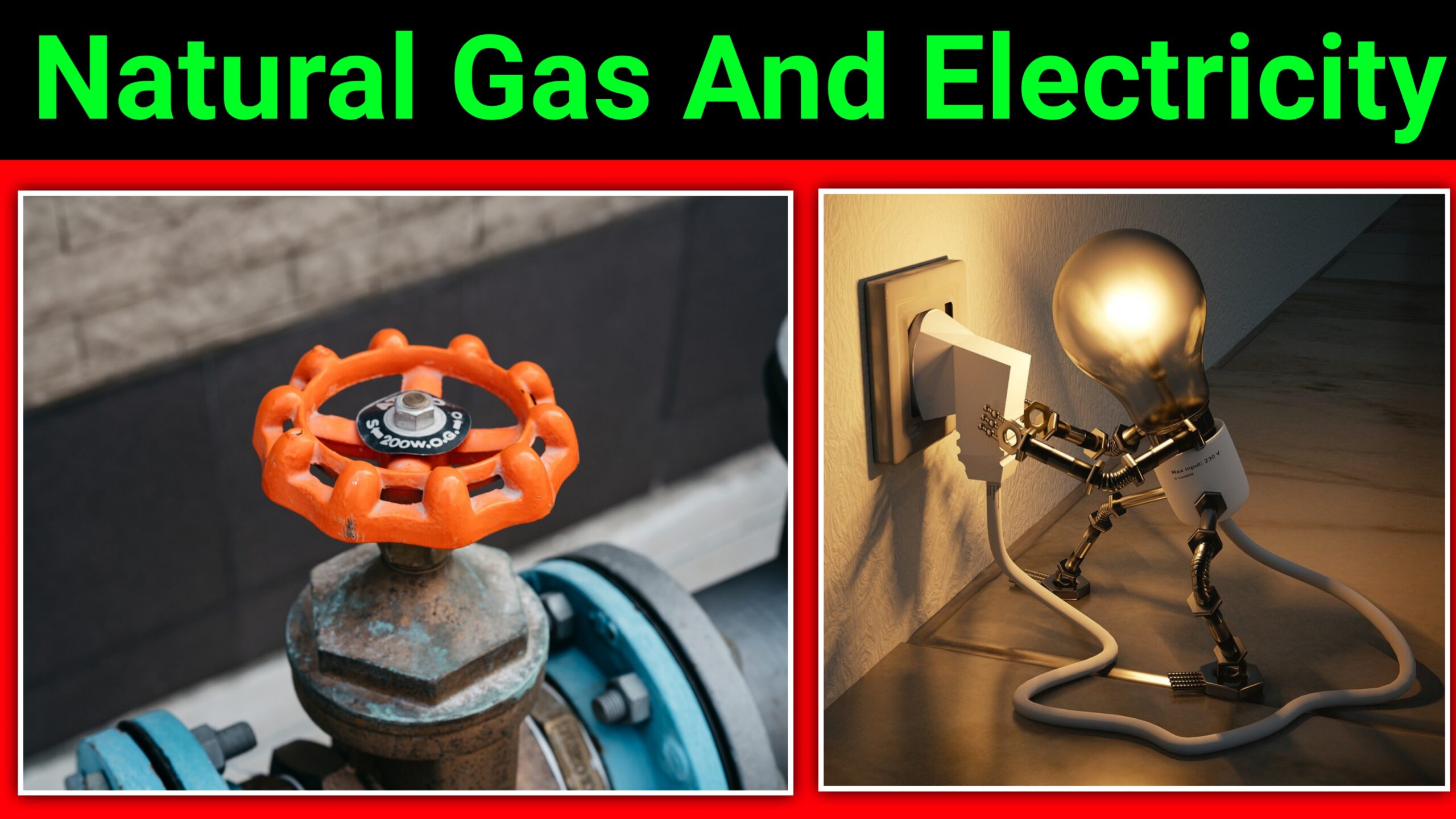Natural gas was the most used fuel to generate electricity in the world. Electricity is a significant power source as it provides power for our homes, industries and much more. The first step in understanding how to use natural gas correctly is understanding what types of natural gas exist: conventional and unconventional.
This article will discuss some of these differences, how they are used to generate electricity, and how they differ based on their combustion products. This means that you will be able to understand a few simple rules on how we should treat our environment when coming into contact with this type of fuel.
Table of Contents
All things you need to know about electricity
Electricity is a type of energy that can be generated by different natural gas and converted to different types of machines or equipment. The main motive for generating this form of energy is to sustain the needs of human societies.
Electricity Generation refers to the process in which these machines are used to convert these different fuels into electricity which can be used consistently worldwide. Electricity has various uses, such as all forms of transportation, electronics and many more.
The value chain for electricity generation consists of the following stages
1.generation
In this stage, the dams, nuclear plants and other equipment are used to convert the energy from these different fuels into electricity that consumers can use. This is mainly done using different types of steam turbines.
2. Transmission
Transmission of electricity refers to transporting this energy over a considerable distance as electricity does not have any other form of transportation such as water or air. This stage spans long distances and requires a transmission wheel built on high towers to ensure that it covers a wide area.
3. Consumption
Consumption refers to using these machines for different purposes and accessing this energy at home, offices etc. This stage does not require any other stage to be completed as we can consume electricity directly from the source after generating it from different fuels and machines. Using electricity generation is a great way to save resources as it does not require much water or energy to produce.
All things you need to know about Natural gas
Natural gas is a type of fuel mainly used for different industries around the world as it helps to generate energy at an industrial level. This can be used for different power machines such as cars, planes etc.,
it is also used to transport goods across the country using trucks and boats. Natural gas is different from other types of energy as it has a high calorific value, which means that it produces more energy for the same amount of oxygen and carbon used in its creation.
Natural gas is formed in places such as the sandstone or shale layers which are subjected to heat, pressure and different chemical reactions.
Value Chain
The value chain for natural gas is similar to that of electricity generation, and the main difference is the stage in which it is converted into energy and distributed. The value chain for Natural gas consists of the following stages:
1.origin
Natural gas is mainly found in the form of petroleum. Petroleum is a mixture of different carbon chains found beneath the surface. These can be extracted through the help of wells, and this process is referred to as drilling.
2.refining
The primary purpose of refining natural gas is to change its composition from different harmful products such as sulfur monoxide, benzene, heavy metals etc., into hydrogen sulfide and natural gas. This stage requires energy to complete successfully by using heat and pressure.
3.composition
Composition refers to converting natural gas into different types of molecules to make it suitable for pipeline transportation, which is done using a composition machine.
How do we use Natural gas to generate electricity
Natural gas has a wide variety of uses that include electricity generation. We can use this form of energy to generate electricity at some of the following places
● Industrial Level
This can be used in factories, homes and hospitals. This is the most common form of natural gas to generate electricity, and this is mainly done with steam turbines to convert this energy into electricity.
● Onsite
We can use natural gas onsite as it is an external cost source that costs less already converted into an equal amount of energy we need. We can use natural gas onsite to convert this energy into electricity to fill our cars with fuel or blast away our tree branches.
● Gas Turbines
These machines are considered the most efficient way to use natural gas as it generates electricity eight times faster than coal and fifteen times faster than oil. This is mainly done using a generator combined with several stacks placed vertically around an airfoil-shaped turbine.
● Hydroelectric Plants
● Supercritical
We can also use supercritical natural gas to produce electricity. This is done by changing this form of energy from a gaseous form into a supercritical liquid which means that it requires even more energy per unit, and we can thus produce more power for the same amount of fuel used for its production.
Conclusion
In conclusion, the fundamental differences between natural gas and electricity are that they are both energy forms, and they are both used to generate electricity. This article has provided information on the different stages of natural gas and how it can be used in different places for different purposes.
This is just an introduction for those who want to learn more about natural gas, but it does not provide information on any specific amount of facts that one can refer to learn more about this form of energy.
